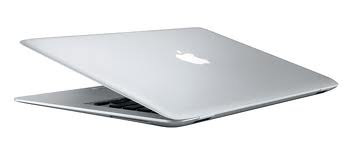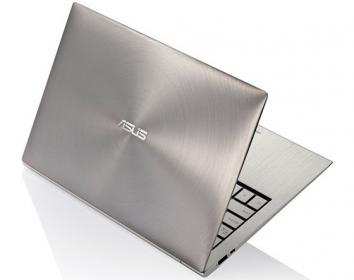During the weekend, I read two articles that highlighted Apple’s LCD supply chain build out and started to think of how this would look if Apple were to do the same on the x86 side of the ledger. The two articles, one related to Hitachi and Sony building a new 4” LCD for iphones and a more extensive one on Sharp building a new LCD for the iPAD3 due in 2012 highlight the extent to Apple’s involvement in design and investment to guarantee supply at a much reduced cost so that competitors are left gasping. Turning to the processor world, we know Apple has selected TSMC to Fab their 28nm A6 processor. Why not pull AMD into the Apple-TSMC supply chain ecosystem in order to outmaneuver the raft of Intel based Ultrabook PCs that are headed to the market in 2012?

I will make an assumption that every dollar that Apple invests in Toshiba for NAND Flash capacity and in Sharp for LCDs offers a return that is greater than what they receive for selling iPhones. iPhones are a 60-70% gross margin device, so Apple gains at least $3 for every $1 invested. In addition, it reduces the stature of Samsung as a supplier who now has to compete against the Apple industrial complex. Companies like Sharp have to lay out risk capital to build their plants not knowing if they will be completely filled. As a result they charge higher ASPs to make up for uncertainty and downturns. If they were Walmart or McDonald’s, their cost of capital would be low single digits today. Apple’s investment effectively eliminates the cost of capital risk and put them on a similar plain as Walmart.
AMD’s decision to move to TSMC is difficult in the short term but may allow them to line up their sales with Apple. What AMD needs is a big brother to pick them up on the other side of the Fab switch. Intel’s focus on Ultrabooks was based on Apple’s success with the SSD based MAC Air that was thinner, lighter and longer in battery life than typical notebooks. But these mobiles need a processor with <7W TDP (Thermal Design Point). Apple has noticed that Intel is the only supplier that can keep them from going to 70% market share in the consumer PC space. AMD could help them get around this by building a processor more to Apple’s requirements and at a much lower cost if built in the Apple-TSMC supply chain.

A week ago there was another article speculating that Apple considered using AMD in the current generation of MAC Air, but passed when they thought AMD wasn’t ready on the production side. If Apple were to, under the cloak of darkness, work with AMD on a 28nm and future 20nm APU then the likelihood is that the result would be a $15 – $30 high volume supply of processors that would enable Apple to take the MAC Air down from $999 today to $699, enabling stronger sales and blocking Intel based Ultrabooks from gaining traction.
Looking out two to three years, Apple will probably be TSMC’s largest customer and if Apple invests in its own capacity, it could eliminate the premiums in the processor business. Or to put it another way, AMD would become a design house of x86 processors for Apple who then manages the supply chain.

Apple would still build higher end MAC Air and MAC Book Pro notebooks with Intel processors as it makes its drive into the corporate world the next several years. Corporations are different than consumers in that they work off of a 3-5 year depreciation cycle and therefore the extra dollars spent on a higher end Intel based PC is a better return on investment in the long run. Expect Intel and nVidia to remain in mid range and high end Apple PCs, but for the consumer markets Apple has a chance to lock up huge volumes if they can replace the pricey Intel ULV processors with an AMD version built at TSMC.
AMD has the talent to build great processors, however, we are in an era where the manufacturing costs for processors, NAND flash and LCDs can only be shouldered by companies with lots of cash. Today that means Intel, Samsung and Apple. Apple needs an x86 source to completely wall out competitors in the PC space just as they did with their ARM based CPUs in the iPAD, iPOD and iPhones.
Finally, if Apple successfully pulls AMD into their manufacturing ecosystem, then it will be possible for them to have the upper hand when it comes time to negotiate with Intel on 14nm access for future ARM processors.
FULL DISCLOSURE: I am long AAPL and INTC








Comments
0 Replies to “Did Apple Influence AMD’s TSMC Foundry Switch?”
You must register or log in to view/post comments.